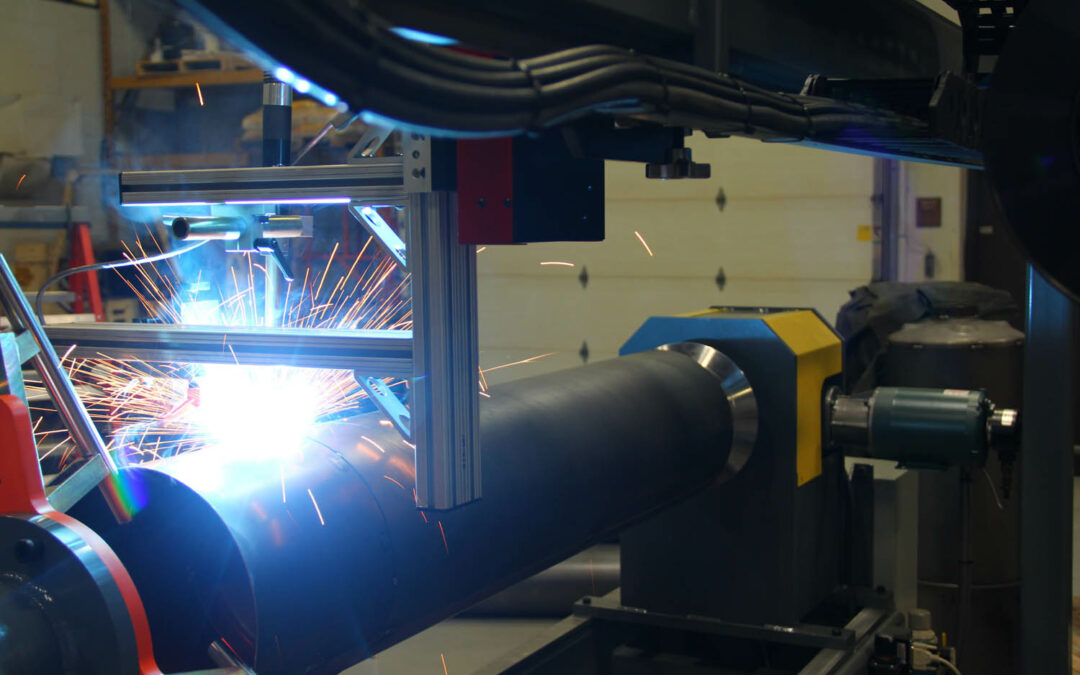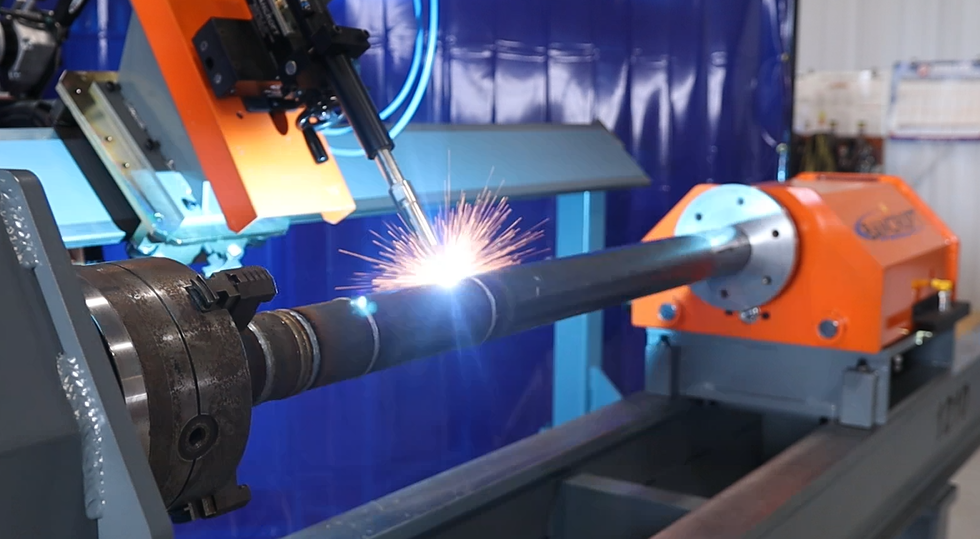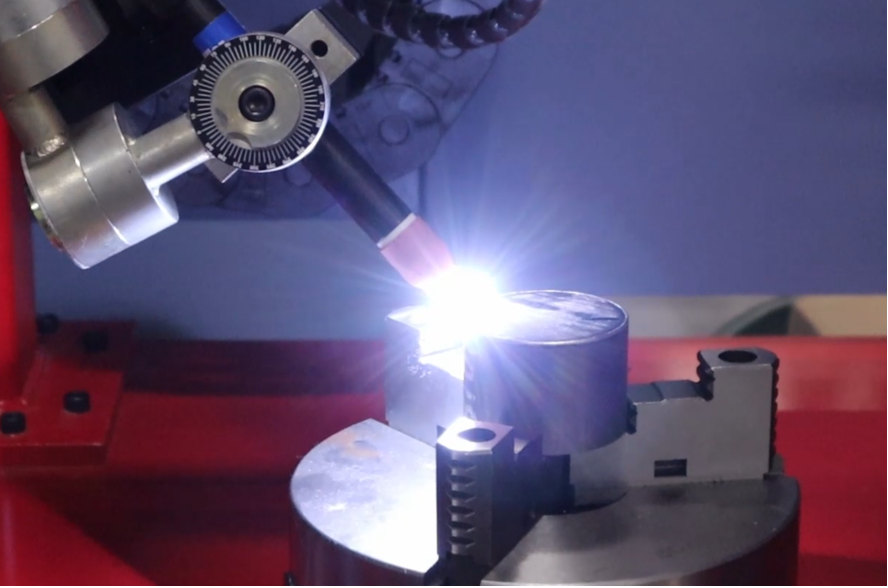We’ve written articles in the past dedicated to protecting your automatic welding system investment. The topic was so helpful that we’ve returned to the topic with a new angle. Part of ensuring that you will get the most out of your robotic welding equipment relates to selecting the right complementary components. Read on to learn the three ways to ensure top performance.
Nozzle Selection & Maintenance
It’s important to always keep amperage and duty cycle in mind when selecting the right nozzle type. The perfect choice is one that gives access without shortening the life of the consumable or jeopardize the coverage of the shielding gas. If in doubt, we recommend consulting your team of automated welders over at Bancroft Engineering.
Just as important as nozzle selection is maintenance. This helps to prevent the buildup of debris in the head and robotic gun. Some tips for keeping regular cleaning include the following:
Be sure you are using clean filler metal. Use a cleaning pad on the backside of your wire feeder. This will help eliminate any grind dust or contaminants that settle on it. Lube Matic Wire Cleaning pads seem to work the best.
- Filler Metal should be stored in a dry environment when not in use. Moisture can affect welding performance.
- Keep the nozzle cleaning station accessible and frequently used by placing it near the robot
- Consider installing an anti-spatter compound sprayer on the cleaning station to extend the time between cleanings
- Program the robot to automatically incorporate a regular cleaning between cycles
Wire & Tip Optimization
If you are finding that your robot is frequently creating a burnback or that you’re not getting the solid weld due to poor arc, consider looking at your consumable and contact tip. Depending on whether you’re using a solid wire, the solution might simply be to undersize the contact tip. Also, be aware that the type of wire you are using will determine contact tip longevity. Our engineers often recommend the use of a higher cost copper-coated wire to cut down on the delay and cost of replacing tips more frequently.
Monitor Contact-Tip-to-Nozzle Relationships
And while we’re on the topic of contact tips, we might as well also address best practice for even the most sophisticated tooling needs. This can be tricky, especially when it requires a lengthy contact-tip-to-nozzle relationship. One simple way to avoid issues is to practice preventative maintenance by changing tips before they become a problem. Additionally, consider the following:
- Invest in extended-duty chrome zirconium tips
- Check for good connections in diffusers, nozzles and contact tips
- The use of anti-spatter compound may offer some protection against spatter accumulation
Automatic Welding System
Bancroft’s expertise & technology will improve your welding operations. From simple, stand-alone machines to full robotic welding automation systems. We are a welding equipment builder uniquely qualified to furnish reliable, cost-effective solutions. Get in touch today to learn more about how we can add value to your company’s vision today.
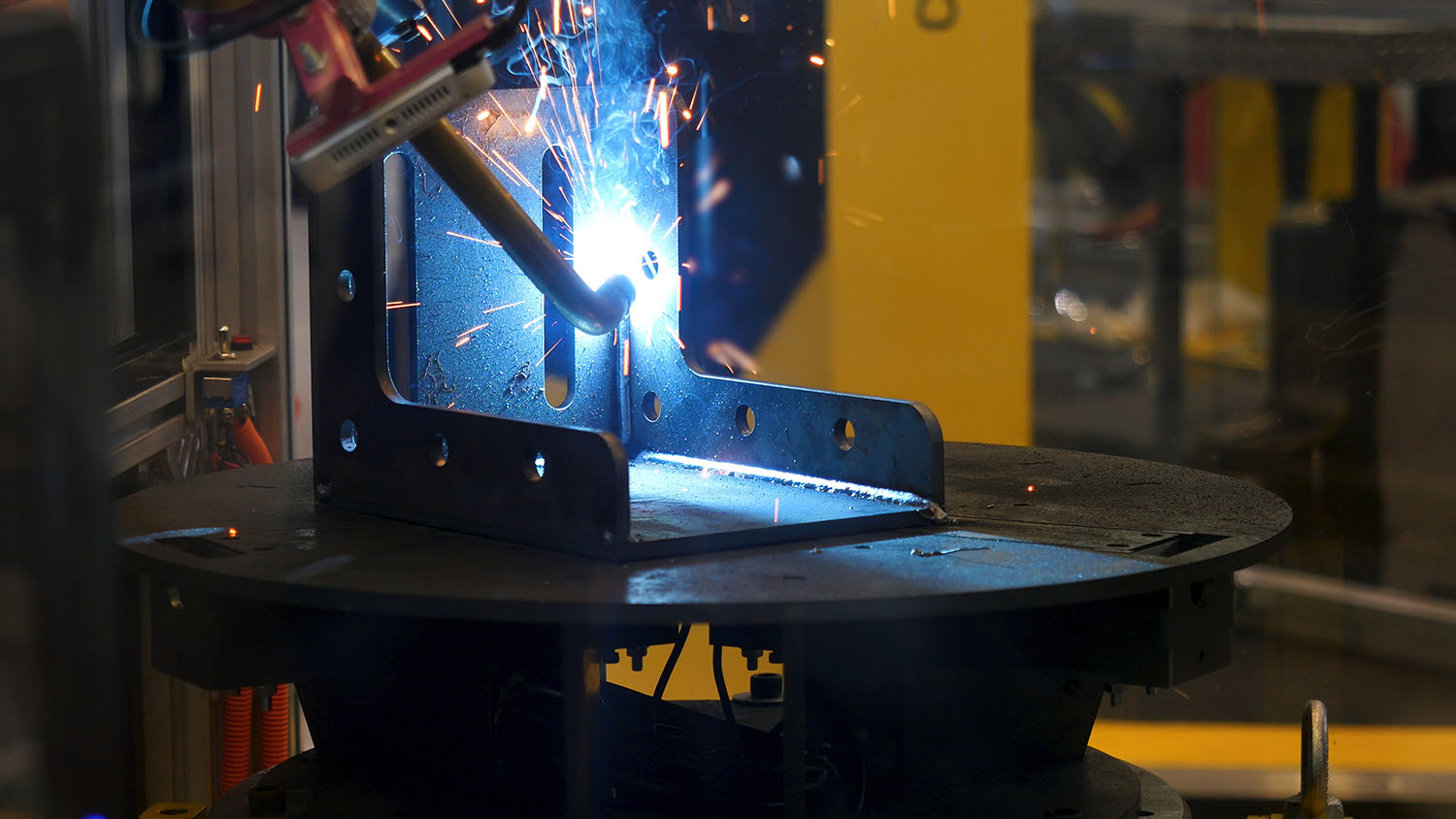
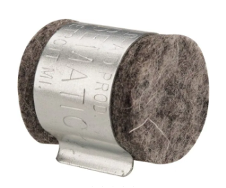 Be sure you are using clean filler metal. Use a cleaning pad on the backside of your wire feeder. This will help eliminate any grind dust or contaminants that settle on it. Lube Matic Wire Cleaning pads seem to work the best.
Be sure you are using clean filler metal. Use a cleaning pad on the backside of your wire feeder. This will help eliminate any grind dust or contaminants that settle on it. Lube Matic Wire Cleaning pads seem to work the best.